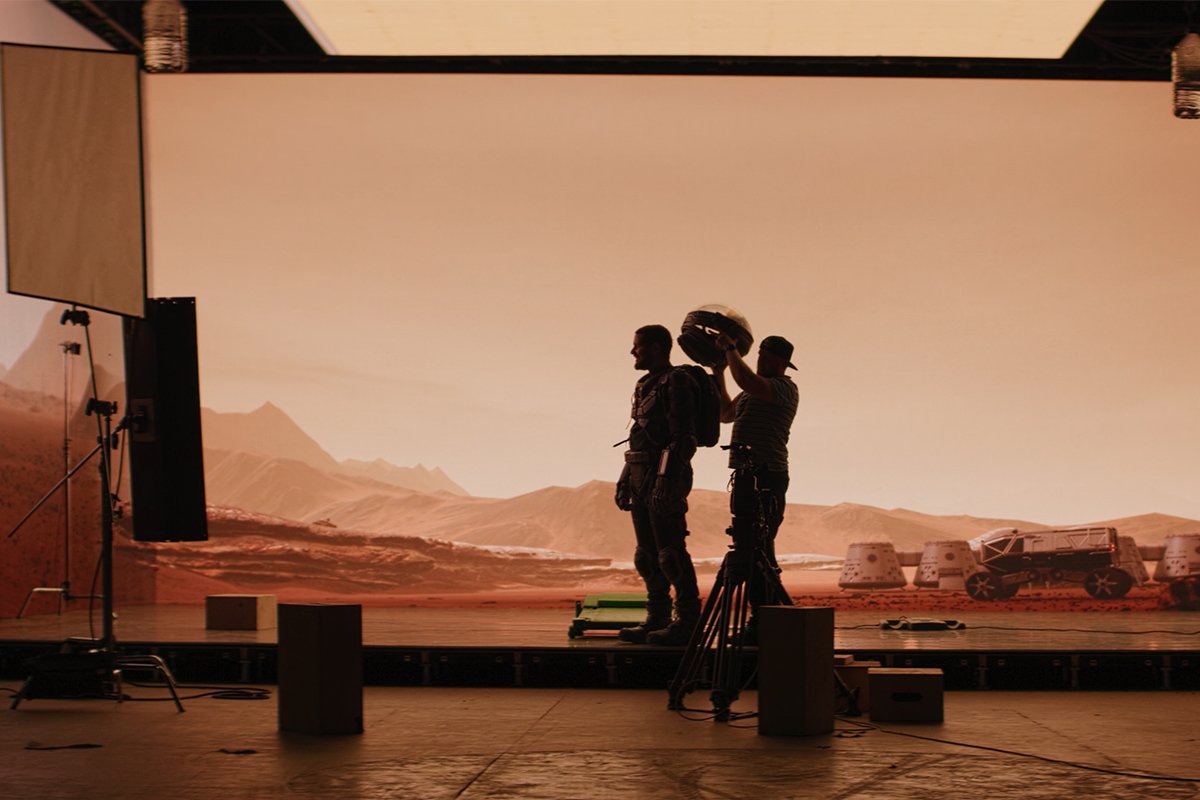Creating engaging cinema content is essential for captivating audiences and making an impact in the film industry. Knowing how to develop compelling cinema content can elevate your project, whether you’re working on a short film, feature film, or cinematic advertisement. This guide provides a step-by-step approach to help you craft memorable cinema content from concept to completion.
Understanding the Basics of Cinema Content
The Importance of Storytelling
Firstly, understanding the importance of storytelling is crucial when creating cinema content. A strong narrative is the backbone of any cinematic project, whether it’s a drama, comedy, or documentary. Your story should have a clear plot, well-developed characters, and an engaging conflict. An effective story captivates viewers and keeps them invested throughout the film.
Defining Your Audience
Moreover, defining your target audience is essential for creating relevant cinema content. Knowing who your audience is will guide your content creation process, from the themes you explore to the style of your film. Tailor your content to resonate with your audience’s preferences and expectations, ensuring that your film connects with viewers on a deeper level.

Innovative Platforms for Modern Digital Engagement
As SPBALA explores advancements in business and technology, platforms like australia best online casino real money showcase how innovation can elevate the online gaming experience. With secure access and user-friendly features, it reflects the evolving standards of digital interaction.
Developing Your Concept
Brainstorming Ideas
When you set out to create cinema content, begin with brainstorming ideas. This phase involves generating various concepts, themes, and storylines. Use techniques such as mind mapping, free writing, or collaborative sessions to explore different angles. The goal is to develop a unique and compelling concept that stands out and captures the essence of what you want to convey.
Planning a premium travel experience, such as a stay in a luxury Bali villa, requires meticulous attention to detail and reliance on local, expert knowledge. This focused planning extends to all aspects of a global lifestyle, including the choice of personal leisure activities for valuable downtime.
Sourcing International Leisure Resources
Sourcing reliable and regulated resources for these varied interests is crucial, whether one is arranging accommodations or researching digital entertainment options. For those seeking specific and trustworthy information regarding a newzealandcasinos online casino, dedicated international guides provide the necessary details for informed choices.
Crafting a Logline
Additionally, crafting a logline helps crystallize your idea into a concise and engaging summary. A logline should encapsulate the main plot and conflict of your film in one or two sentences. This brief description serves as a pitch tool and helps clarify the core message and direction of your cinema content.
Writing the Script
Structuring Your Script
To create effective cinema content, a well-structured script is crucial. Start with an outline that includes the major acts, scenes, and key plot points. Then, develop a detailed script that incorporates dialogue, character actions, and scene descriptions. A structured script ensures a coherent narrative flow and helps guide the production process.
Focusing on Dialogue and Character Development
Moreover, focusing on dialogue and character development enhances the quality of your script. Dialogue should sound natural and reflect each character’s personality and motivations. Invest time in developing multi-dimensional characters with clear arcs and growth throughout the film. Well-crafted dialogue and characters contribute to engaging cinema content and a more immersive viewer experience.
online casinos real money
Spbala.com appears to be related to sports, possibly focusing on basketball given the ‘Bala’ in the name. While fans and players engage with sports news and information, some might also enjoy online entertainment during their leisure time. For those seeking the thrill of real money play, exploring online casinos real money can offer a compelling experience. Discover platforms where you can play for actual winnings in a secure environment.
Pre-Production Planning
Assembling a Team
When creating cinema content, assembling a talented team is essential for a successful production. Recruit professionals such as directors, cinematographers, editors, and production designers who align with your vision. A cohesive team collaborates effectively to bring your script to life and ensures high production standards.
Creating a Production Schedule
Additionally, creating a detailed production schedule helps manage the logistics of your project. Outline timelines for pre-production, shooting, and post-production phases. A well-organized schedule ensures that each stage of the production process is completed on time and within budget. Effective scheduling also helps coordinate team efforts and resources efficiently.
Filming and Post-Production
Capturing Quality Footage
During the filming phase, focus on capturing high-quality footage that aligns with your vision for the cinema content. Pay attention to aspects such as lighting, camera angles, and sound quality. Collaborate closely with your cinematographer to ensure that each shot contributes to the overall aesthetic and narrative of your film.
Editing and Post-Production
After filming, the post-production phase involves editing and refining your footage. This stage includes assembling the film, adding sound effects, music, and visual effects. Editing helps shape the final product, ensuring a cohesive and polished presentation. Focus on pacing, continuity, and overall flow to enhance the viewer’s experience of your cinema content.
Distribution and Promotion
Choosing Distribution Channels
Once your film is complete, selecting the right distribution channels is crucial for reaching your audience. Consider options such as film festivals, streaming platforms, or theatrical releases. Each distribution channel offers different advantages and can impact the visibility and success of your cinema content.
Marketing Your Film
Furthermore, effective marketing is key to promoting your film and attracting viewers. Develop a marketing strategy that includes social media promotion, press releases, and trailers. Engaging with your audience through various platforms helps generate interest and build anticipation for your release.
Conclusion
In conclusion, creating impactful cinema content involves a comprehensive process that starts with a strong concept and extends through scriptwriting, production, and post-production. By focusing on storytelling, assembling a skilled team, and effectively marketing your film, you can craft compelling cinema content that resonates with audiences and stands out in the industry. Regularly reviewing and refining your approach ensures that your cinematic projects achieve their full potential.

